
如果歲月是有形狀的話,大概就如中西洋人的木器。
樹木的年輪、扭曲的樹幹、被蠶食而破裂的傷口,各種的年月的痕跡都被木匠中西洋人刻意地保留下來,成為作品的一部分。「我想做一件作品,讓人感受到樹木在大自然裡本來的樣子。」由樹木的死,去看它的生,而這些樹木,本來是被人遺忘的。
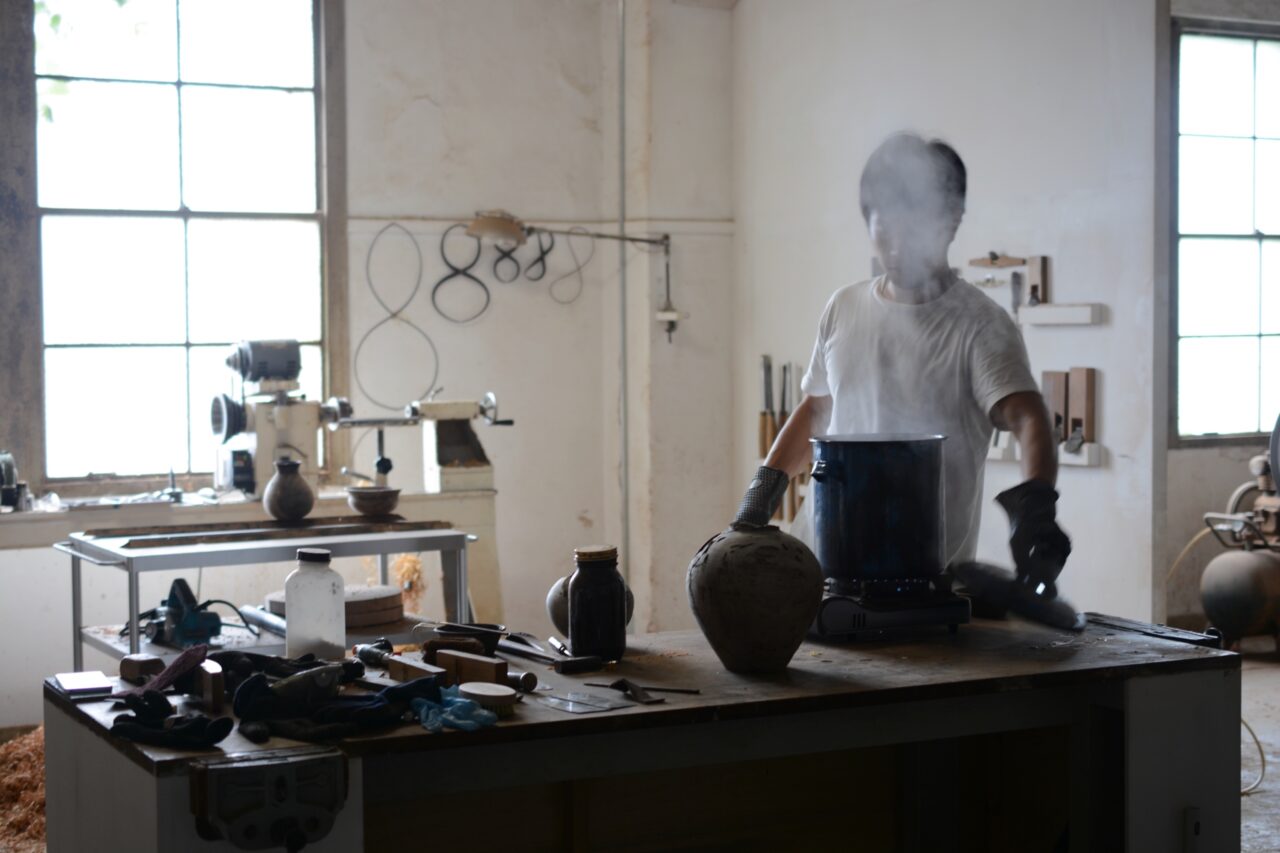
如果歲月是有形狀的話,大概就如中西洋人的木器。
樹木的年輪、扭曲的樹幹、被蠶食而破裂的傷口,各種的年月的痕跡都被木匠中西洋人刻意地保留下來,成為作品的一部分。「我想做一件作品,讓人感受到樹木在大自然裡本來的樣子。」由樹木的死,去看它的生,而這些樹木,本來是被人遺忘的。
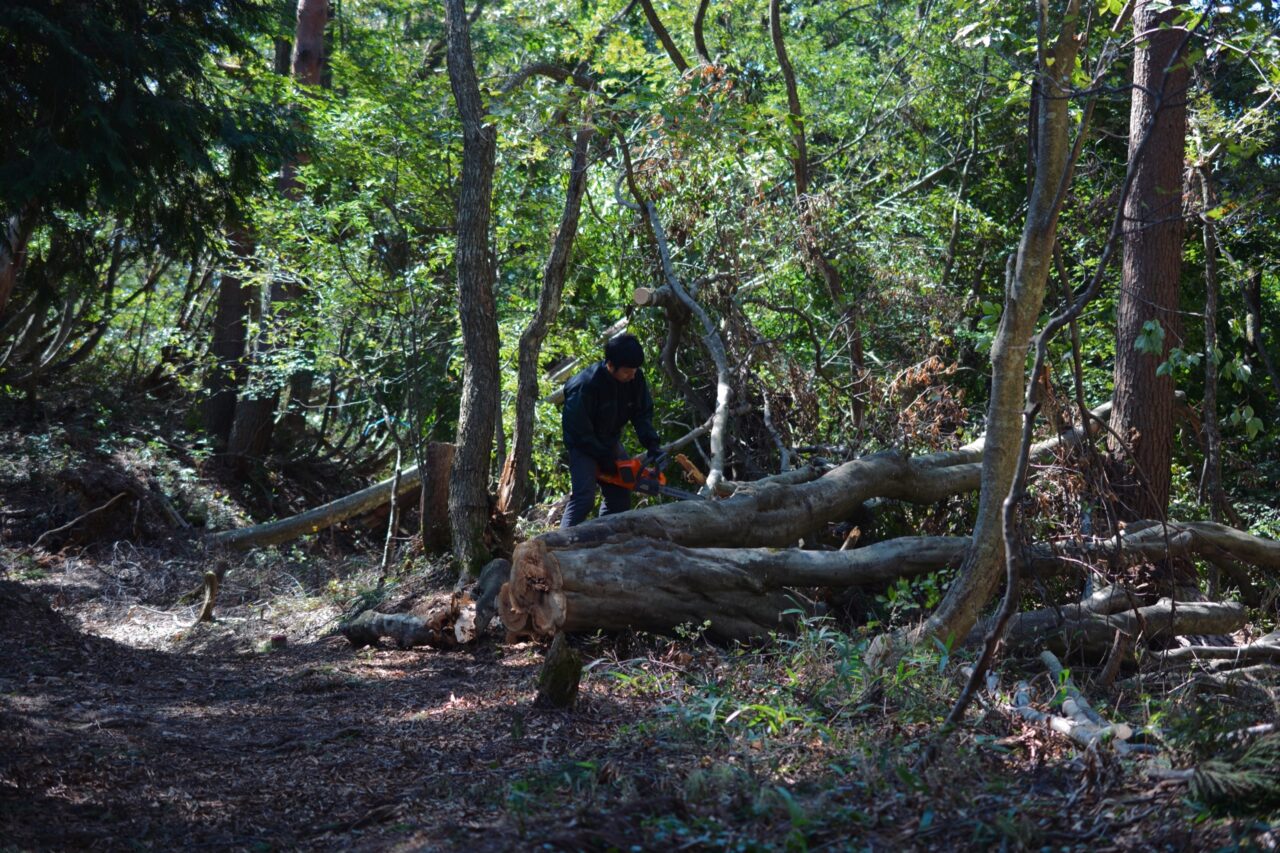
出生於日本愛知縣名古屋的中西洋人,自十多歲便接觸木工,親手做自己房裡的書桌和書架,磨練了木工和家具製作的技術後,2008年成立了自己的工作室。後來組織家庭,把工作室移至滋賀縣,離開便利的城市生活,住進郊區,讓他有更多機會遇到獨特的木材。
在日本,古老的巨樹被視為神聖的存在,而且大多的森林都由政府或私人企業擁有,並由林業協會管理,禁止未經許可進入森林砍伐或採購木材。然而,由於頻繁的颱風和暴雨,導致森林裡的樹木倒塌,中西洋人認為維護環境是他作為社區一分子的責任,因此他手持電鋸,與當地人一起參與維護森林的工作。在砍伐樹木期間,「健康」的木材會被保留下來,腐爛的樹木則會被掉棄,不會用作商業買賣,被視為毫無價值的奇怪木材。
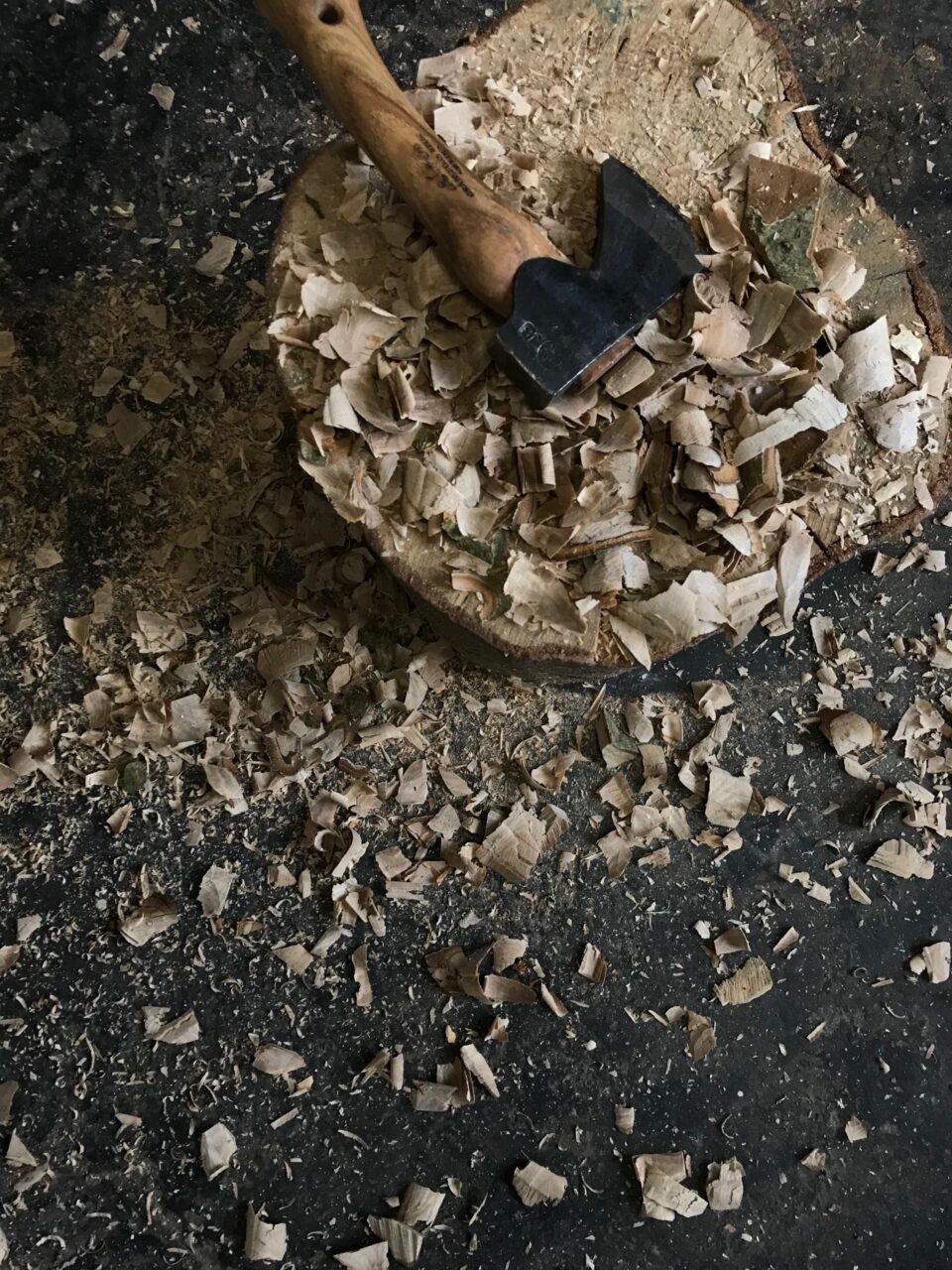
「如果我現在什麼都不做,眼前就有一個腐爛和死亡的存在。」
中西洋人創作時,不是由成品開始,而是由手中的一塊木頭開始,他不會尋找材料來實現想做的東西,而是在遇到的材料中學習可以製作什麼。「我的作品與木材存在著莫大的關係。我會小心翼翼地凝視每一塊木材,然後想像我可以做什麼。」他對商店裡整齊排列、易於管理和創作的現成木失去興趣,並著意尋找原始獨特的木材。他被這些被遺棄的木材深深地吸引著,那些被人嫌棄的裂縫和腐爛的傷口,成為了他作品中魅力的存在。
「以雙手來創作是一件很可怕和困難的事,因為它能揭示一個人的個性和習慣。」
在製作家具的日子裡,他學習到樹木扭曲的外觀是因為陽光的照射,關乎它生長的環境,知道後他很感動,也對原木產生了興趣。「扭曲的木材通常不受喜愛,但我現在會選擇使用更多扭曲的木材。」他以不同的木材創作精緻多樣的作品,也有以木仿其他物料製作的作的木雕塑,如陶器般的花瓶、自然扭動的麻繩、波浪紋理的生鏽鐵板、充滿質感的貝殼或鎖鏈,除了看到樹木原來的狀態,也看到它們無窮的可能性。
中西洋人做的,就是把那些年月裡的分崩離析維繫在一起,化成精緻的木雕藝術,見證樹木在光陰裡的衰敗枯萎,同時體現日本傳統的物哀美學。
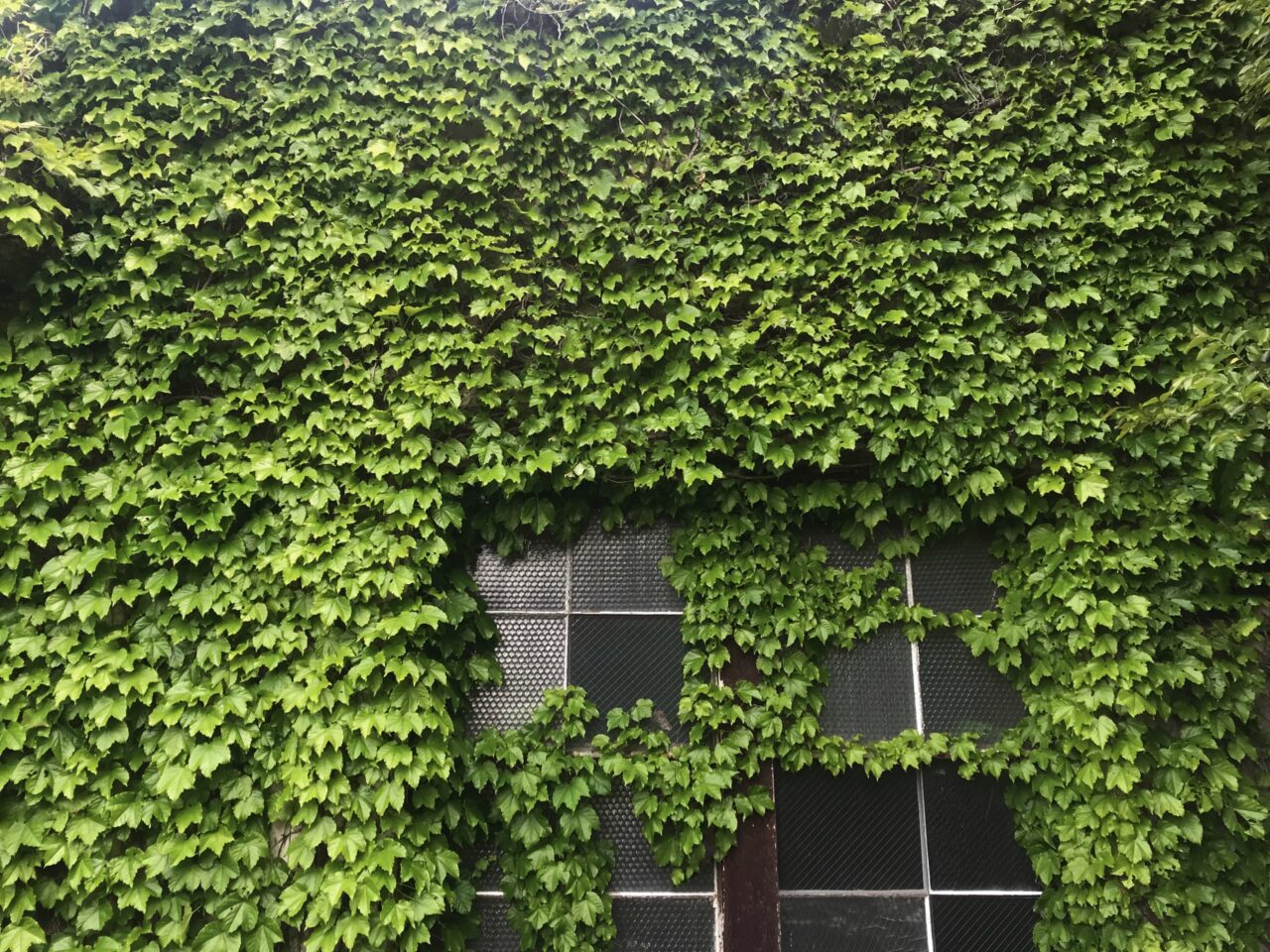
If the passing of time were to be transformed into shapes, they’d probably look like the wooden work by Hiroto Nakanishi.
Be it the annual rings, the twisted trunks, or the wounds, Nakanishi deliberately preserves the signs and marks of the trees that signify the passing of time and make them an intrinsic part of his work. “I want to create something that allows people to see the most authentic side of the trees as if they are in nature.” To look back at the life of the trees via their death. Trees that are often neglected by us.
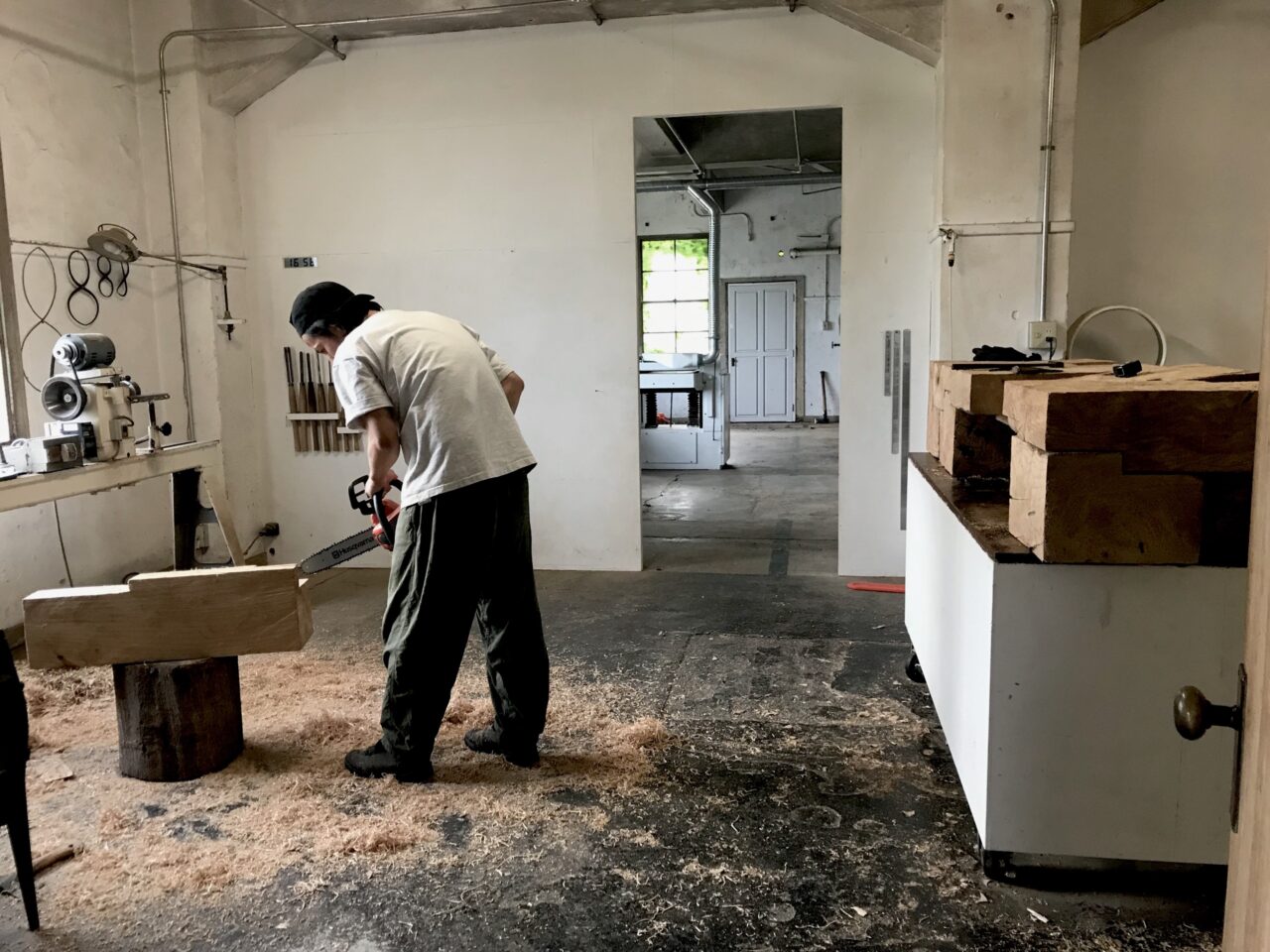
Born in Nagoya of Aichi Prefecture in Japan, Nakanishi has been exposed to woodworking since he was a teenager. Starting with making his own desks and bookshelves, Nakanishi slowly honed his skills and eventually opened his own workshop in 2008. Later on, when he got married, he decided to stay away from the hustle of the city and relocate to Shiga Prefecture, where he could be close to various kinds of unique wood.
In Japan, big, old trees are sacred, and most forests are owned by the government or private companies and managed by the Forestry Association with unauthorized harvesting and purchasing of timber being strictly prohibited. Yet, due to frequent occurrences of typhoons and heavy rains, numerous trees fall down each year. Nakanishi believes that, being a member of the community, he has the responsibility to take care of the environment and therefore joined the local force to maintain the forest. With an electric saw in his hand, Nakanishi cleared the forest with his team. “Healthy” wood would be sent to the market for sale, while the rotten and strange looking ones that are considered worthless are discarded.
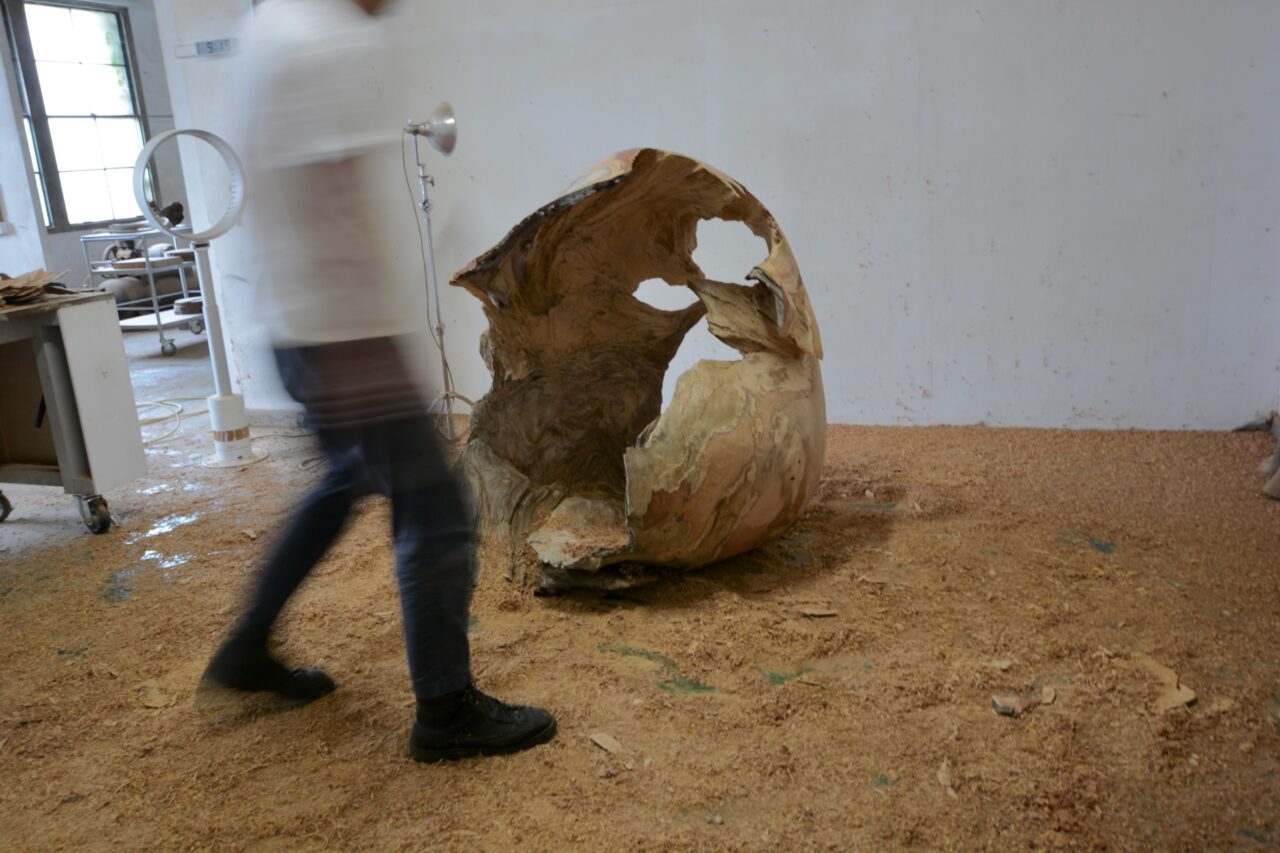
“If I do nothing now, something will decay and die right before my eyes.”
Nakanishi creates without having an idea of the end product in his mind. His inspiration comes from the piece of wood in his hand. He never looks for materials to work on; instead, he lets the different materials that he encounters inspire him and lead the way. “There is a profound connection between my work and woods. I look at each piece of wood intensely and carefully to figure out what I can do with it.” Nakanishi is not a fan of the ready-to-use and easy-to-manage wood that is often neatly placed in the store. He loves searching for raw, unique pieces to work on. Their cracks and wounds that are shunned by others become the beauty of his works.
“Creating with your hands is both frightening and difficult because it reveals your personality and habits.”
When Nakanishi was still a furniture maker, he came to find that the tree branches bent into their various shapes based on the availability of sunlight and the surrounding environment, and he was inspired by that. From then on, his interest in wood intensified. “People are not really fond of curved and crooked trunks. But I am using more and more of them for my creations.” Using different types of wood, Nakanishi created some refined and delicate pieces of work that look like ropes, rusted iron plates with wavy texture, shells and chains, and even vases that look like pottery. Not only do we see the most authentic side of the trees from these works, we are also seeing the endless possibilities that wood can provide.
The decay and withering of trees, and the passing of time. Nakanishi transforms them into exquisite wood carving that embodies the traditional Japanese aesthetics of mourning.
Hiroto Nakanishi’s work is available at THE SHOPHOUSE.